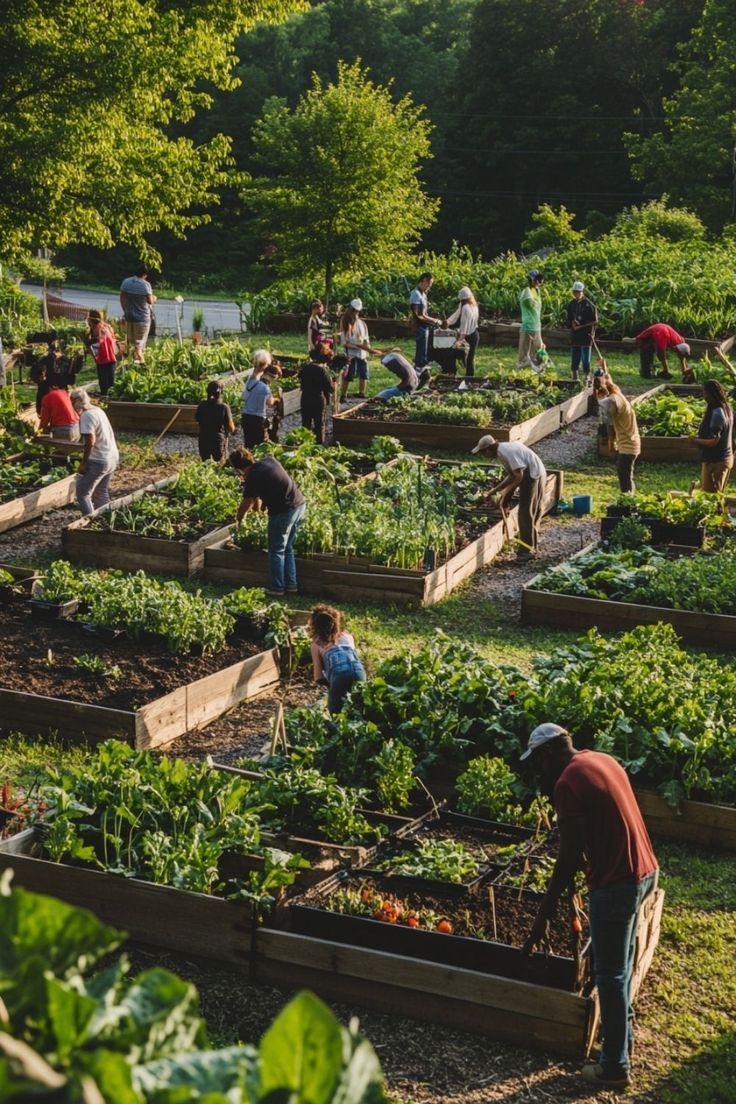The latest report of the UN's Food Waste Index, in collaboration with the charity WRAP, has highlighted a sad reality: the increase in food waste globally. In a world where over 1 billion wasted meals are recorded every day, and where we spend over 1 trillion dollars on food waste every year, concern about this phenomenon cannot be ignored.
Food insecurity and society's impact on the environment
This problem is reflected in food insecurity, where 783 million people lived with hunger in 2022 and about a third of the global population faces this problem. But food waste is not only a social problem, but also an environmental one. As the executive director of UNEP, Inger Andersen, points out, this phenomenon causes significant consequences for climate and nature.
Amount of waste and waste of resources
In 2022, we see the creation of 1.05 billion metric tons of food waste, accounting for nearly 20% of available food. The biggest concern is that most of this waste (60%) is caused at the household stage.
UN target and climate impact
To combat this problem, the UN has set Sustainable Development Goal 12.3 to halve food waste by 2030. This is important to reduce carbon dioxide emissions, as food waste contributes to around 8-10% of global emissions.
Progress and actions
There are some countries showing progress towards this goal, reducing food waste levels. For example, Japan and Great Britain have managed to reduce their waste levels.
The role of public-private partnership
To achieve these goals, it is important to have a collaborative approach. Public-private partnerships are essential in this regard. This requires a major coordinated commitment at the global level to address the negative effects of this issue on the environment, society and economy.
Ultimately, the UN report and WRAP make us realize that reducing food waste is a joint effort that we all need to commit to.






